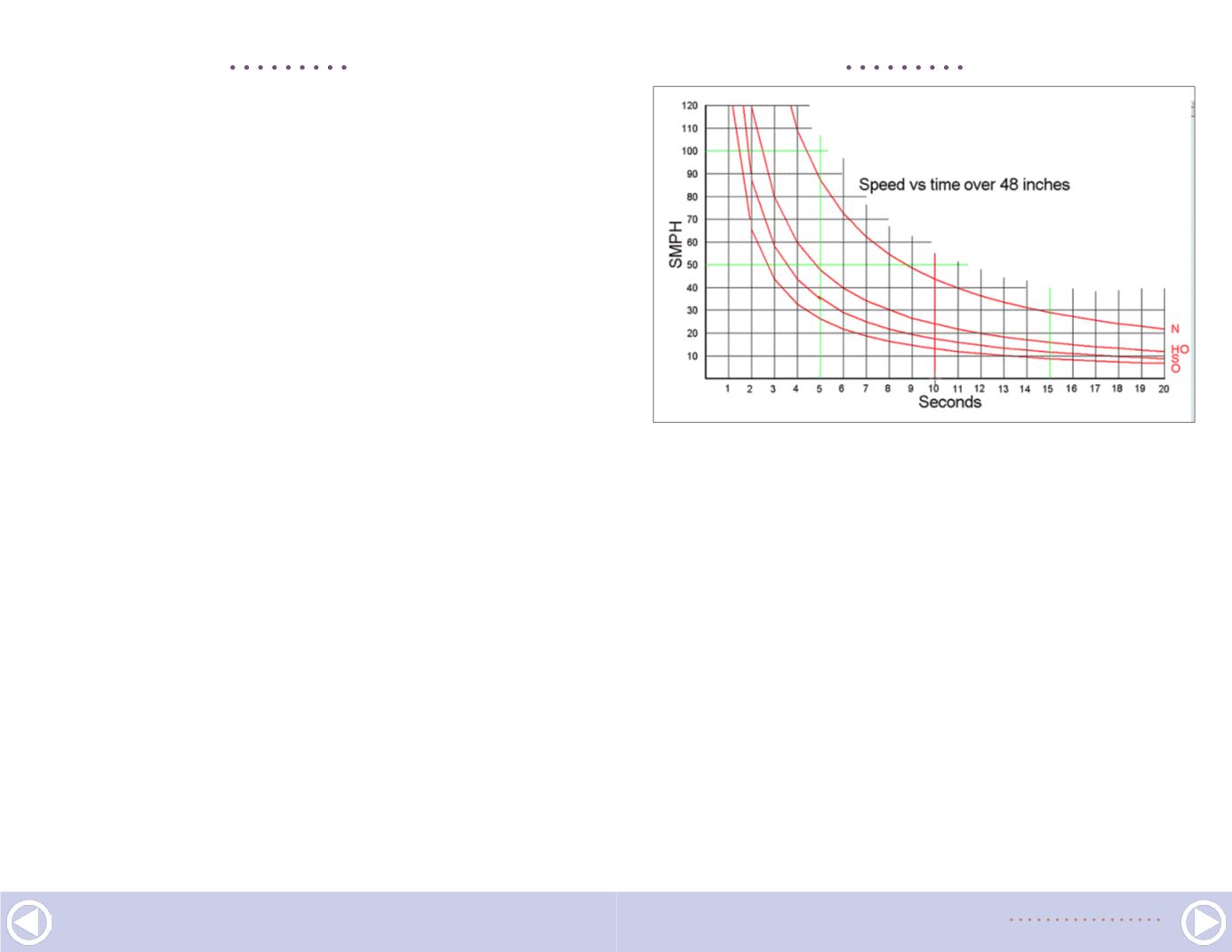
Thanks to Chris van der Heide, Tom Patterson, JohnB, Peter F,
Stan Short, and Russ Bellinis.
—MRH
Scale speeds
Q.
I have noticed in some videos that scale speeds are some-
times not observed in operating sessions, especially in the
yards. Seems to me that not operating at scale speeds makes
the train movements look toy-like. What is the common oper-
ating practice? Observe scale speeds or not? If they are not
observed, what is the reason?
—Capt. Jim
A.
Alan:
I am not to that point yet but I plan to fully respect
scale speeds. I agree that not operating at scale speeds makes
the train look toy-like. In most instances trains move at rela-
tively slow speeds. The CN main near my house being the excep-
tion, but for the rest of the track modeled on my layout trains in
real life rarely exceed 25 mph.
Pirosko:
I run very slowly, to the point that some operators
have even been annoyed. Operators who understand what I am
doing really appreciate it. I even once “radioed” my engineer to
come back and pick me up after I threw the last switch and he
took off. He asked “really?” and I said “yes.” The layout owner
was actually pleased. The engineer in the end also appreciated
what we were trying to accomplish.
It’s not for everyone, but for me, we try to duplicate models,
then add prototypical operations and signals, so why stop at
prototype speeds? Besides, our layouts are so compressed that
slowing down is almost a requirement to have some fun time.
It’s not a race, and our lives are usually too fast to begin with.
3. Scale speed table. Artarms
MRH Q-A-T |
4
Joe F:
One thing you can do with DCC to enforce scale speed in
the yard is set the top speed of the yard goat to 35 mph or so. (If
you are running DC, you can also dial down the voltage avail-
able to yard blocks). I’ve had yard operators at my Siskiyou Line
op sessions who seem to get impatient and will “crank it up”
when nobody’s looking, to save time. The cure is to adjust the
yard goat’s speed curve, but watch out. If the hotshot yard guy
can find another loco he can commandeer for switching that
has a more normal speed curve, he’ll do it!
If you have a layout with 50-foot cars, you can use the 3-second
rule to get a good approximation of speed. Pick a stationary point
along the track, count “1001, 1002, 1003” and take note of how
many 50-foot cars pass the point. Each car represents roughly 10
MRH Q-A-T |
5


